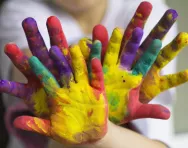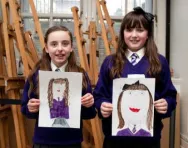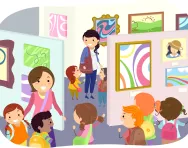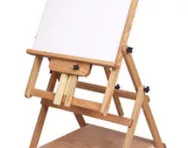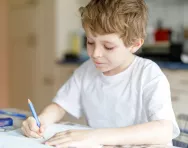Important update from TheSchoolRun
For the past 13 years, TheSchoolRun has been run by a small team of mums working from home, dedicated to providing quality educational resources to primary school parents. Unfortunately, rising supplier costs and falling revenue have made it impossible for us to continue operating, and we’ve had to make the difficult decision to close. The good news: We’ve arranged for another educational provider to take over many of our resources. These will be hosted on a new portal, where the content will be updated and expanded to support your child’s learning.
What this means for subscribers:
- Your subscription is still active, and for now, you can keep using the website as normal — just log in with your usual details to access all our articles and resources*.
- In a few months, all resources will move to the new portal. You’ll continue to have access there until your subscription ends. We’ll send you full details nearer the time.
- As a thank you for your support, we’ll also be sending you 16 primary school eBooks (worth £108.84) to download and keep.
A few changes to be aware of:
- The Learning Journey weekly email has ended, but your child’s plan will still be updated on your dashboard each Monday. Just log in to see the recommended worksheets.
- The 11+ weekly emails have now ended. We sent you all the remaining emails in the series at the end of March — please check your inbox (and spam folder) if you haven’t seen them. You can also follow the full programme here: 11+ Learning Journey.
If you have any questions, please contact us at [email protected]. Thank you for being part of our journey it’s been a privilege to support your family’s learning.
*If you need to reset your password, it will still work as usual. Please check your spam folder if the reset email doesn’t appear in your inbox.
Key Stage 2 art explained
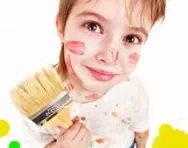
In KS2 art, children are taught:
- to develop their techniques, including their control and their use of materials, with creativity, experimentation and an increasing awareness of different kinds of art, craft and design.
- to create sketch books to record their observations and use them to review and revisit ideas.
- to improve their mastery of art and design techniques, including drawing, painting and sculpture with a range of materials (for example, pencil, charcoal, paint, clay).
- about great artists, architects and designers in history.
KS2 art lesson examples
Here’s what children have got up to in art in some schools:
- Year 3 pupils use textures and patterns to create their own mythical creatures. They sketch parts from different animals to create a hybrid creature. After photographing their drawings with a digital camera, they learn how to manipulate images using image-editing software.


Start a unique learning programme!
- Weekly programme for each school year
- Worksheets sent direct to your inbox
- Keeps your child's learning on track
- During a visit to the British Museum, a Year 4 class learns how Native American artists used symbols and other visual elements to convey ideas.
- Year 5 pupils work with a digital artist to explore their own self-image. The pupils explore composition by using layers and transparency. Some pupils juxtapose images of themselves and their friends to illustrate how they feel about their friendships.
- Fantasy and recycling are the themes for a year 6 project in which pupils make 3D sculptures of robots. To help generate ideas they study machine parts and make observational drawings using pencil, charcoal, pastel and paint. Later they create digital images, too.
Develop your child's artistic and creative side at home
- The scrapbook is a key tool for the art student, so help your child get ahead by encouraging them to keep one at home. The book can be used as a treasure trove for ideas and inspiration. It might include notes, materials and observations on interesting objects, plants, buildings and people.
- Encourage your child to develop and practise the skills of drawing from observation to increase and sustain their concentration.
- Look out for opportunities to visit museums and exhibitions to learn more about paintings, ceramics, textiles and other designed objects (remember, lots of museums offer free virtual visits to their galleries so you can take a tour without leaving your home!). Some also stage talks by artists and designers that offer a deeper understanding of their work.
- Encourage your child's critical awareness through questions like, “What is this work about?”, “Why was it made?”, “What visual and tactile elements are used?”
